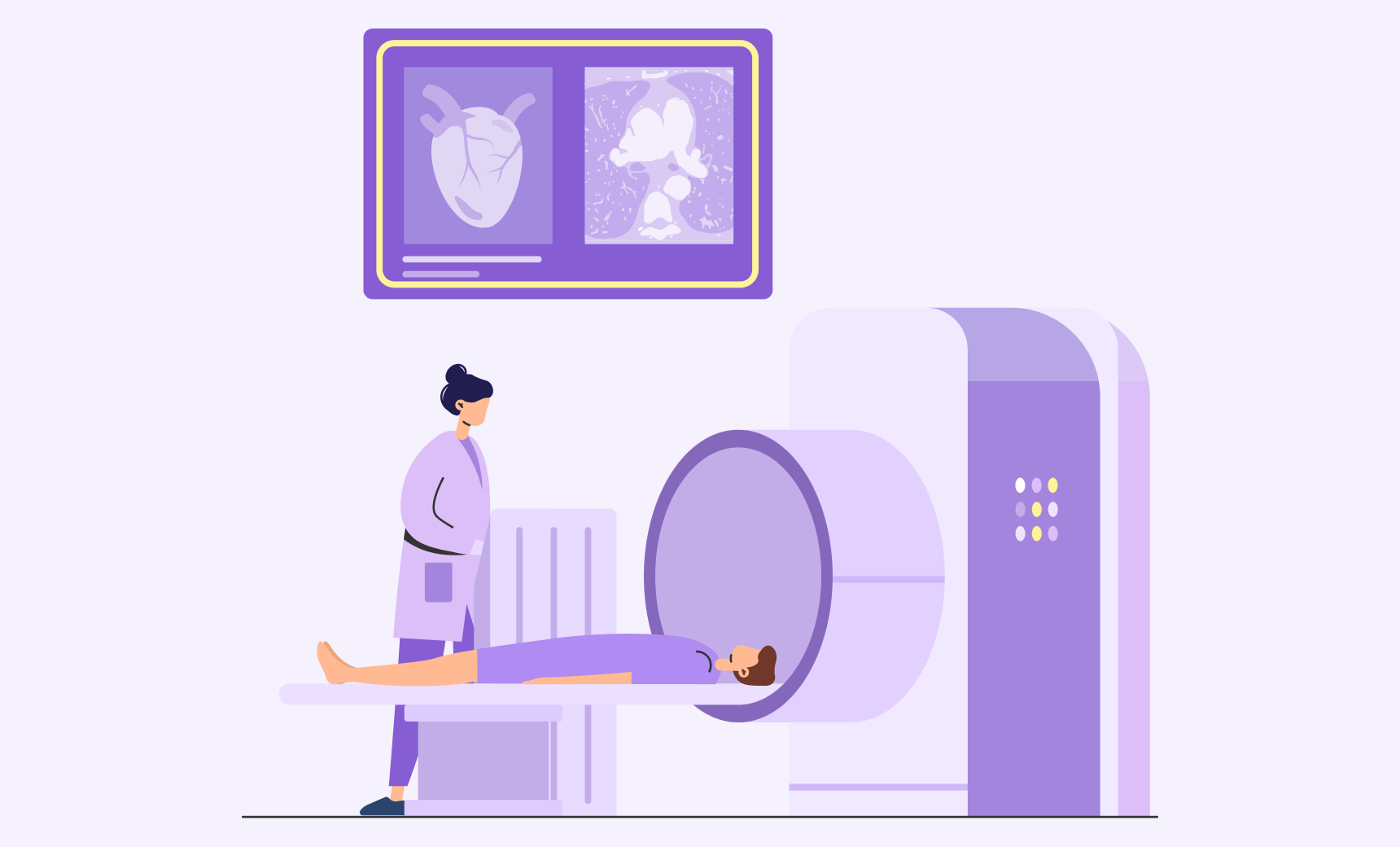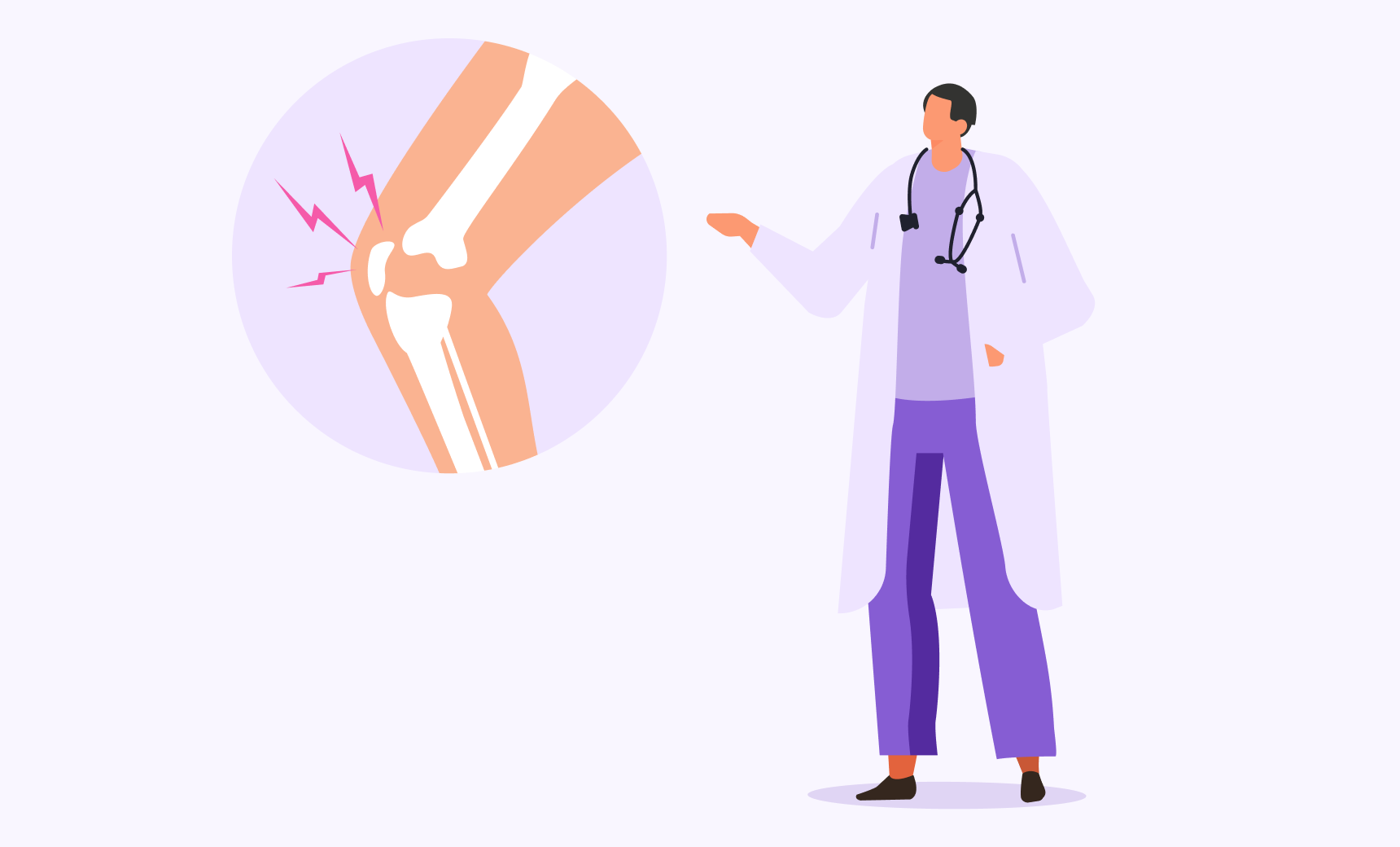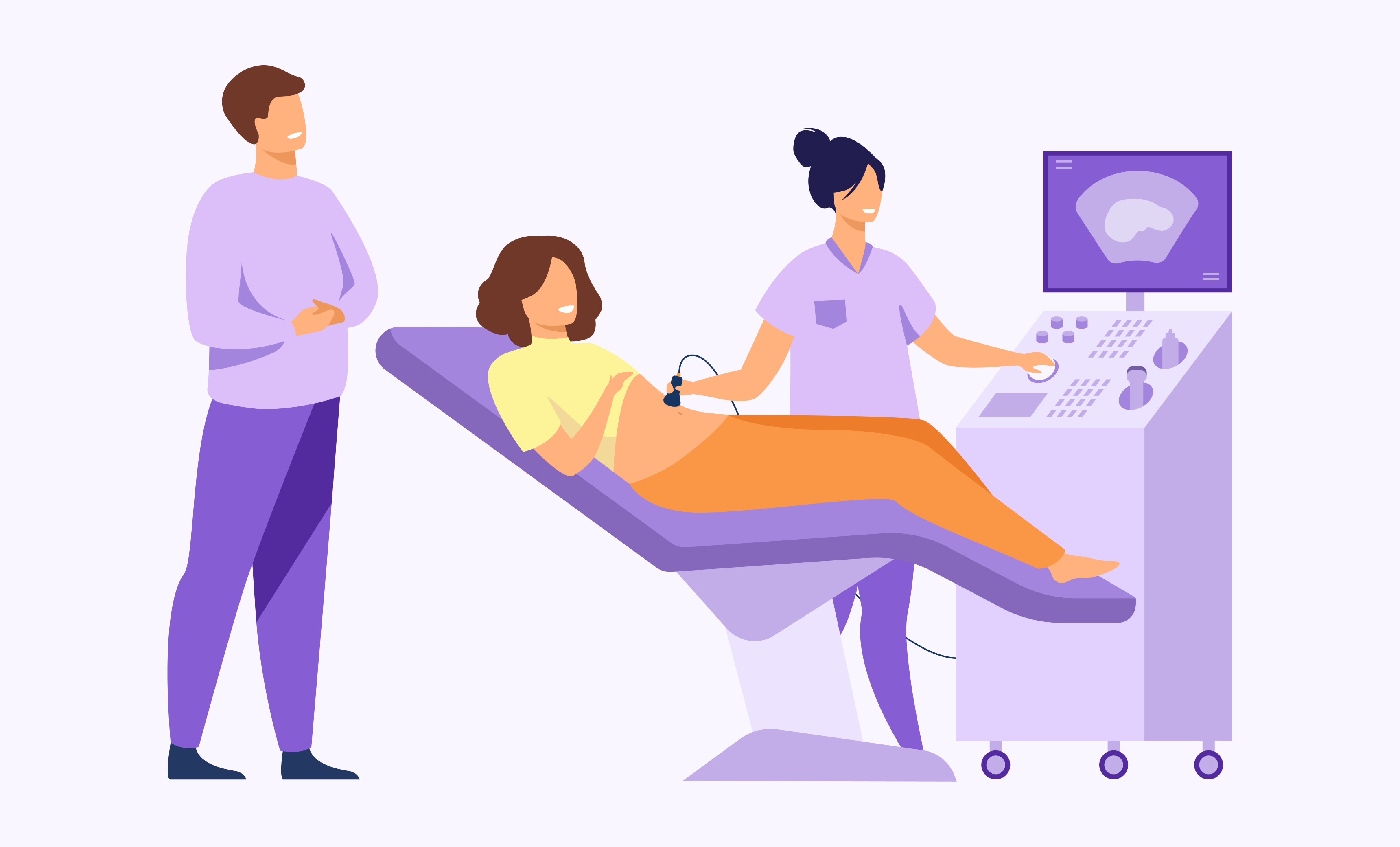
MRI or CT Scan?
Both CT scans and MRIs produce images of the inside of the body, but there are four key differences between the two tests. If you are wondering why your physician ordered one and not
the other, you may want to take a look at the differences.
The technology
CT stands for computed tomography, and is actually a type of X-ray — that is, a CT scan uses ionized radiation to produce images. MRI, or magnetic resonance imaging, is performed using strong magnetic fields and pulsing radio waves, as the name suggests.
This basic difference in the technology used to produce the two types of images is often the reason a clinician chooses one or the other. For example, a pregnant woman should not have a CT scan due to the radiation. Likewise a patient who has pins or metal plates should not have an MRI due to the magnetic properties of the scan.
The images produced
Although both types of imaging offer the opportunity for a physician to examine the bones and soft tissues of the patient, a CT scan gives a clearer picture of bones while an MRI produces a clearer image of soft tissue. Depending on what the physician needs to see, one or the other test may be more useful.
The person performing an MRI can change the imaging plane while the test is being done, without moving the patient, and the sharpness of the image can be adjusted to highlight different structures within the body.
Length of Time and Comfort Level
A CT scan is generally a much faster test than an MRI, which may make it more appropriate in acute situations. Additionally, patients who are obese, claustrophobic, or unable to remain motionless are likely to have better results with a CT scan. An MRI requires the patient to lie completely still while inside a tube for up to 30 minutes (the length of the test depends on several factors).
Cost
When cost is a factor, the fact that a CT scan is generally less expensive than an MRI may be a consideration. There are instances when either test will serve the purpose, and in such cases, choosing to limit the overall cost can be beneficial.
If you have questions about why you are taking any test, it is a good idea to discuss your concerns with your physician. Often, the choice between an MRI and CT scan comes down to what the physician needs to see. Regardless of which test you are taking, you have the right to see the results, and many physicians are happy to explain what can be seen in the image. Using LabFinder to store your test results means you have quick, easy, and protected access to the images, along with any other test results.

LabFinder is a no-cost, online platform for people to easily schedule their medical tests and view results securely. The LabFinder team is passionate about improving the ‘patient and doctor experience’ through better communication, reduce out-of-pocket expenses and making everyone know more about their own medical tests. The mission of LabFinder is simple: we want to be solution to you and get you the test results you deserve so you can make right choices about your health.




LabFinder Team
The LabFinder Editorial Team is behind The Illuminator and The Insider, LabFinder’s consumer and business blogs.
Dr.Robert Segal
Dr. Segal is CEO and co-founder of LabFinder, as well as a board-certified cardiologist. He began practicing medicine in 2002 and has founded several businesses, including Medical Offices of Manhattan and Manhattan Cardiology.